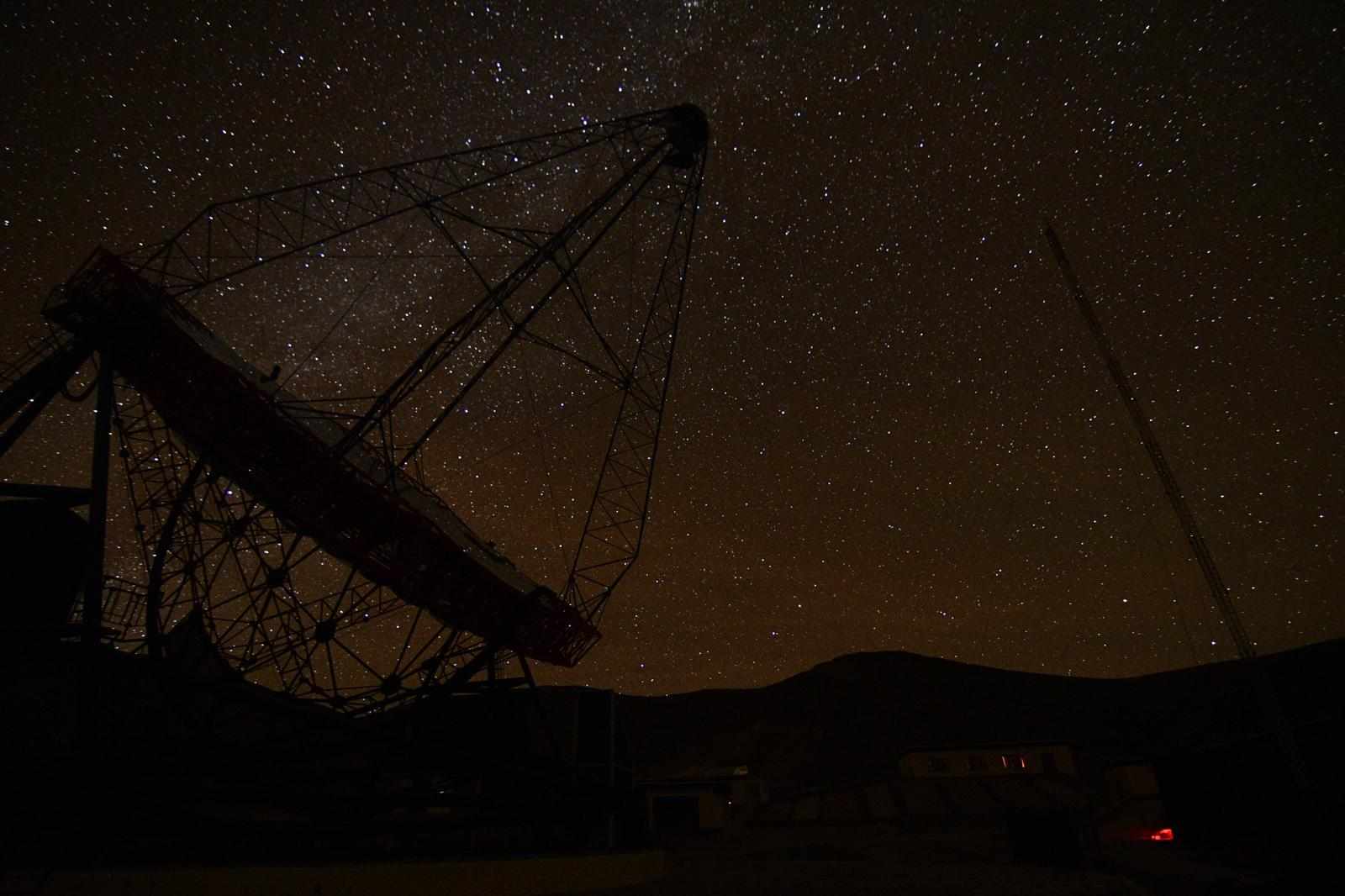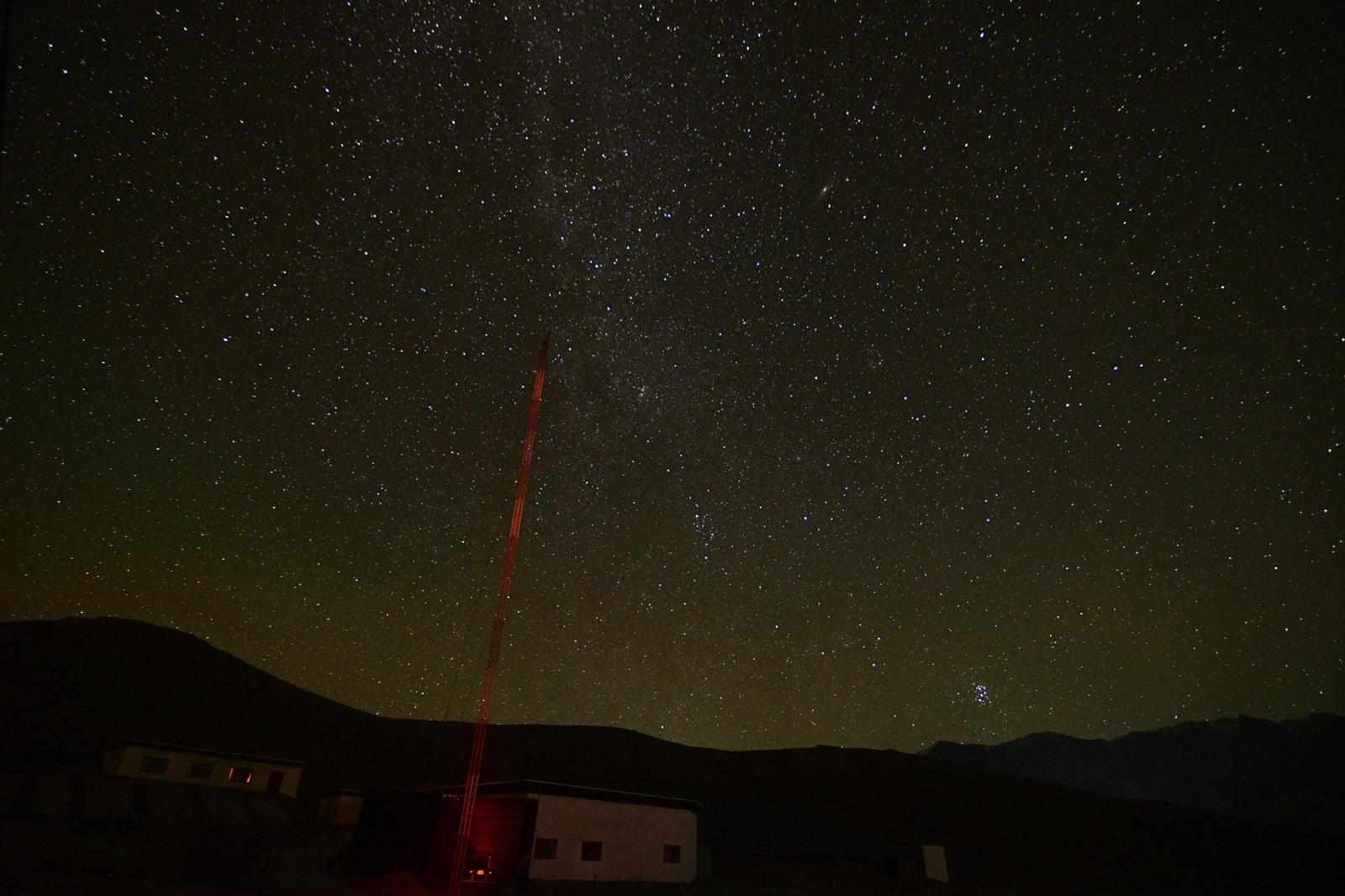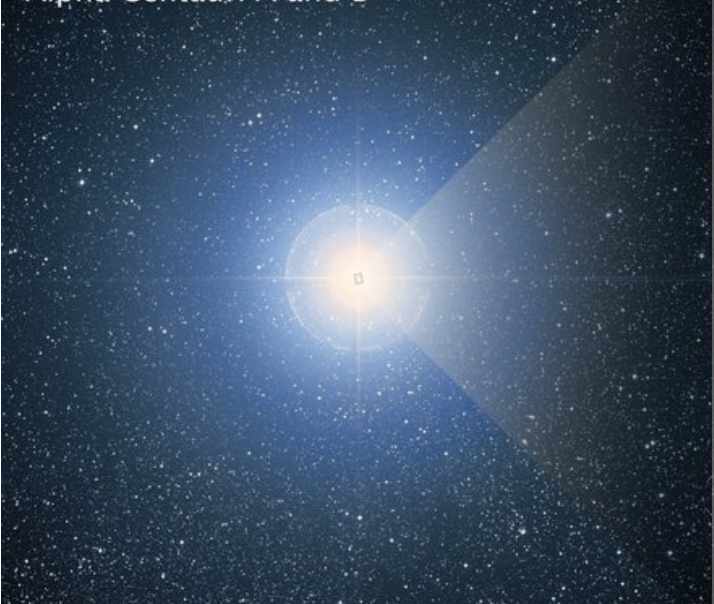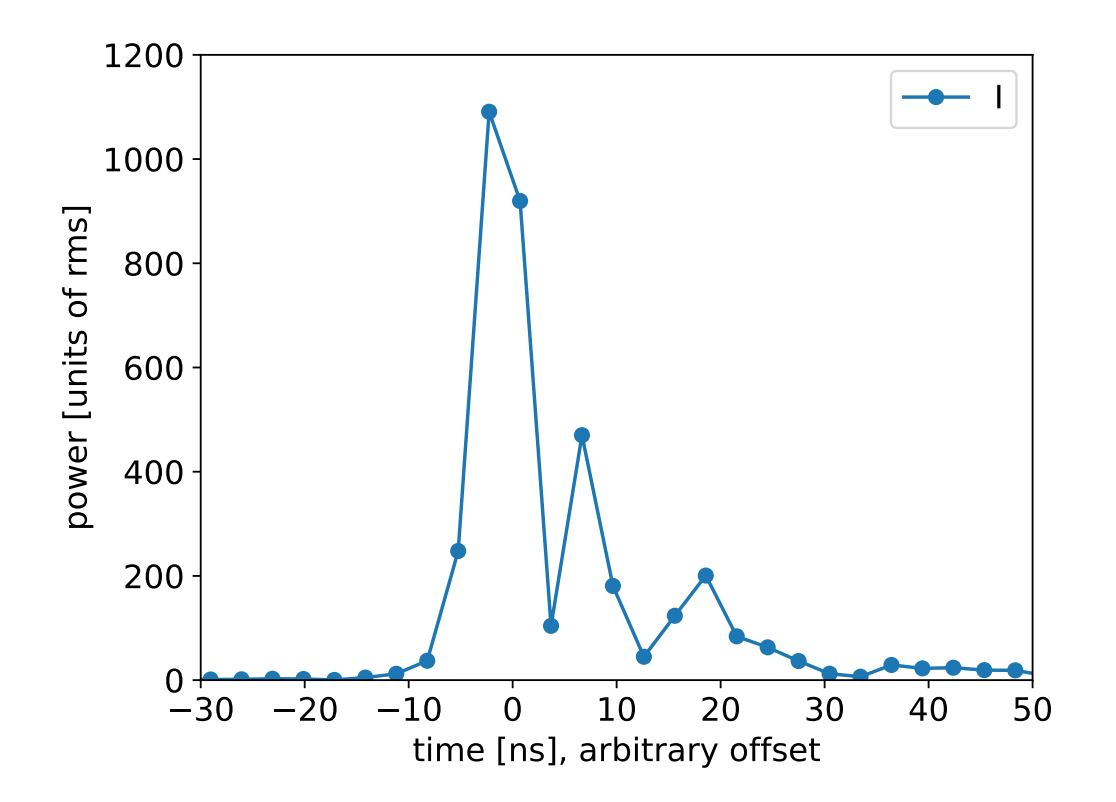There's a fascinating website that, by default, shows our Earth "upside-down" from the view we're familiar with. That is, the South Pole is on top, though you can move the image as you wish.
All right, I'll confess: that's not a default. I fiddled with that link so that you see the South Pole at the top. Still, while the upside-down orientation is interesting in itself, the real attraction of this image, this site, isn't that you can orient it in different ways. What is, are winds.
That is, this site uses real-time data to show how winds flow around the globe. For example, as I write this I can see an enormous swirl above the Indian Ocean, directly south of India, starting about 10 degrees south of the Equator and spreading till about 50 degrees south. It's swirling anti-clockwise. Thus there's an "eye", near the centre of the swirl, at about 35 degrees south of the Equator.
This column is about that eye. What is it, exactly? The winds go round and round, but what is it that they are circling? For perspective, try these thought experiments. Suppose you tie a stone to a string, maybe a couple of feet long. Then you hold the end of the string and whirl the stone around, above your head. What is it that the stone is circling? Or imagine a merry-go-round that's, well, going round and round, carrying its usual complement of squealing kids. What are the kids circling?
Those are not rhetorical questions. The point I'm trying to make is that in any such circular motion, there's a centre that's, in some sense, stationary. For the merry-go-round, it's probably a pole at the centre. When you whirl the stone, consider your wrist, or your elbow, or your shoulder - depending on how much effort you put into the whirling, one or the other of those will be stationary.
And the winds? The idea of a centre where things are stationary, or calm, is captured by the expression you've heard a million times, the "eye of the storm". I don't know whether there's a storm above the southern Indian Ocean as I write this, meaning whether those swirling winds amount to a gigantic storm. But certainly those swirling winds have, at their centre, an eye.
And in fact, if you look elsewhere on the planet, you'll find more such swirls. As I write this, there's one in the South Atlantic Ocean, two in the North Pacific, two near the North Pole, and more. Some swirl anti-clockwise, some clockwise. Is this the famed Coriolis effect? Something's going on, but I'll leave you to that puzzle. This column, did I already say, is about the eyes of the swirls.
They all have eyes. Consider what mathematicians do when they notice such a thing - they think "patterns!" In a very deep sense, mathematics is, after all, about patterns: finding them, then trying to explain them. What explains the eyes?
Well, there actually is a mathematical theorem that applies here. It tells us that however windy our planet is, you will always find at least one point where winds are not blowing. An eye, that is. Baldly (you'll see shortly why I use that word) stated, the theorem says that on a sphere, it's impossible to have a "continuous nonvanishing tangent vector field". Maybe that phrase is as opaque to you as it is to me? So imagine a ball covered with hair. The so-called "hairy-ball theorem" tells us that if we try to comb the hair flat against the spherical surface, we will necessarily produce either a bald (!) spot or one where a tuft sticks up.
Not an unfamiliar idea, actually. Think of a coconut and the dry fibres that it is coated with. Every time, you'll find a small tuft of fibres at one "end" of the coconut. That, and the eyes we've been discussing - because you cannot have a "continuous nonvanishing tangent vector field" on a sphere. Thank you, hairy-ball theorem.
And what about the hair on your head? Well, someone could scalp you and lay your scalp out flat on the ground. Grisly thought, but your scalp would then be like a carpet, and you can imagine combing all your hair in one direction. No bald spot, no tufts. In other words, it's spheres, or sphere-like objects, to which the theorem applies.
Now "sphere-like" doesn't mean they need to look like a ball. I use that phrase in the sense mathematicians would, meaning topologically like a sphere. Let's say you took a lump of clay. Now whatever shape you can produce without making a hole through it is "sphere-like" - a ball, a spoon, a cushion, a mug (but one without a handle). The theorem applies to all of those. Poke a hole through, though, and you've got a donut, or a mug with a handle. If that donut was hairy, you would be able to comb all the hairs down without tufts or bald spots. (It's not a hairy-donut theorem.)
There is plenty more to say and imagine, around the hairy-ball theorem, including its application in all kinds of fields. I'll leave you to research those. But I'll also leave you to think about two things:
1) Someone I know well told me of a method to poach eggs. Boil the water, swirl it and then pour the liquid egg into the vortex. The yolk is nearly stationary and is "enrobed" by the white that swirls around. Does the hairy-ball theorem epply?
2) Ran into a young on a nearby railway station, both of us waiting for a train. He was balancing a rapidly spinning football on his finger, then on a pencil point, then on his nose ... you get the idea. He wasn't particularly hairy. Nor was the ball. But the hairy-ball theorem applies. How?
***
Afterword: When you visit the site I mentioned above that shows you our planet's swirling winds, don't miss the "Notice" that pops up, a definite sign of the times we live in. I'll append the text below.
Weather and climate data shown on this website and countless others are at risk.
The National Oceanic and Atmospheric Administration (NOAA) is the U.S. agency responsible for global weather forecasting, hurricane prediction, ocean observation, and many other services vital to public safety. Its satellites, supercomputers, and research teams provide essential data that help us understand our planet and protect lives.
On February 27, the new U.S. administration initiated mass firings at NOAA. These actions are unethical and deeply disruptive to the talented scientists and engineers who dedicate themselves to the public good. The firings, along with expected budget cuts, have serious implications for the availability and quality of weather forecasts produced by the United States. They must be reversed immediately.
Much of the data on this website is downloaded directly from NOAA's servers. In this environment of uncertainty, access could be disrupted at any time. While I'll strive to keep all features on this website functional and switch to alternative data sources if necessary, some datasets have no substitute if they go offline.
If this concerns you, speak up. Share on social media. And if you're in the U.S., contact your representatives.
- Cameron
---
Another afterword: If you liked this article, and you would like to read more, please consider clicking on the "Support" button you'll find below. My undying gratitude, assured.
















Write a comment ...